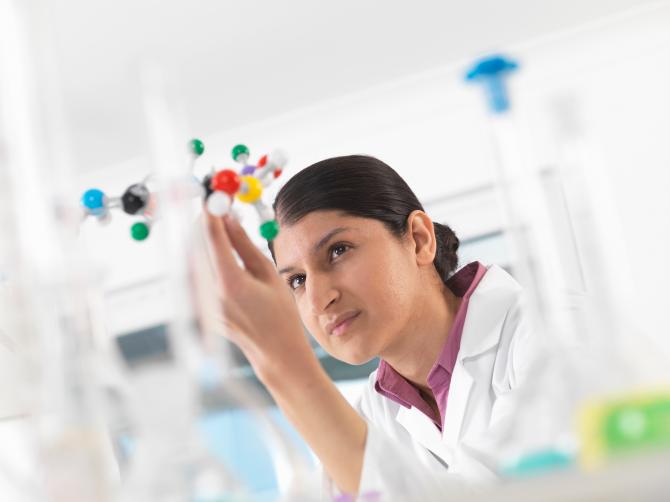
A new way forward
Asean’s member states will need to empower their people to become more productive without destroying what they and future generations will need if the region is to grow sustainably. It will not be easy.
But Asean has the right model to organize multistakeholder dialogues to address such transborder challenges as climate change, the impacts of pollution on human health, and poor nutrition. In order to succeed, Asean’s leaders and people will need better information than they now have. The science and technology tools described in this essay are just a few examples of what is available to inform them as they face the hard choices about what they can do to encourage sustainable growth in their countries, and in the region.
David L Carden was the first resident United States ambassador to the Association of Southeast Asian Nations (Asean), serving from 2011 to 2013.
Montira J Pongsiri was the US Mission to Asean's science adviser.







%20resized.png)
